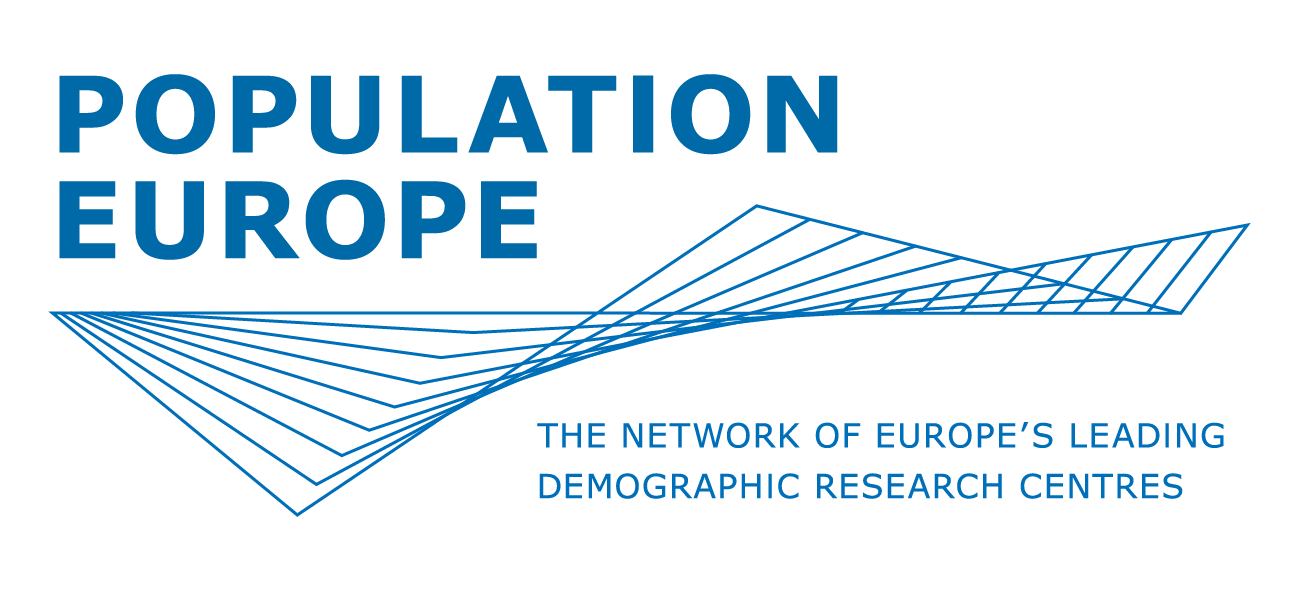Recovering Surviving Census Records to Reconstruct Population, Economic, and Cultural History (Mosaic)
The Mosaic project aims at recovering remaining census micro-data in order to reconstruct the population, economic, and cultural history of continental Europe. The project has been initialized, supported and coordinated by the Max Planck Institute for Demographic Research (MPIDR). Besides integrating wellknown, elaborated and already analysed sources, the planned data-base will rely on lesser-known and non-utilised or newly discovered censuses. The project focuses first of all on continental Europe, particularly on the ‘white spots’ of historical demographic research, e.g. on the Central and Eastern parts of the continent. Relating to the territory of historical Hungarian Kingdom, an inventory of the surviving archive material has been prepared and a sample that is representative of historical Hungary has been created at the Demographic Research Institute in Hungary, in collaboration with the experts of MPIDR. The sampling procedure was based on data from census 1869 – individual data has been preserved from this census in the largest amount.
Researchers
ŐRI Péter; PAKOT Levente
Related publications of HDRI researchers
Őri, Péter - Pakot, Levente (2014): Residence patterns in nineteenth century Hungary: Evidence from the Hungarian MOSAIC sample. Working Papers on Population, Family and Welfare, no. 20. Hungarian Demographic Research Institute, Budapest.
Őri Péter – Pakot Levente (2011): Census and census-like material preserved in the archives of Hungary, Slovakia and Transylvania (Romania), 18-19th centuries. MPIDR Working Paper WP-2011-020, 57 p. Rostock, Max Planck Institute for Demographic Research.
Research highlights
Creating a sample of census-type micro-data (Kingdom of Hungary, 1869)
Project website: www.censusmosaic.org





